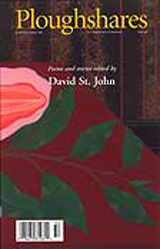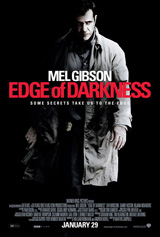A transition connects pieces of writing and shows the relationship between them. Transitions may appear between paragraphs, sentences, or parts of a sentence. They include conjunctive adverbs such as also, however, meanwhile, and therefore and transitional phrases such as for example, in addition, in fact, and on the other hand.
If a transition starts a sentence or appears in the middle of an independent clause, set it off with commas:
A heat wave has rolled over Southern California; the Station fire, meanwhile, is burning in San Gabriel Valley.
As a matter of fact, residents of Altadena, Glendale, and Pasadena have been evacuated.
If a transition connects two independent clauses, use a semicolon before it and a comma after:
The fires are close to Los Angeles; in fact, plumes of smoke can be seen from Hollywood.
There are exceptions, of course. (There always are.) If a transition flows with the rest of the sentence without a pause, no commas are necessary:
Certainly both the heat and air quality are concerns for Southern Californians this week.
Note that the conjunctive adverb however always requires a comma, but don’t confuse it with however meaning “no matter how,” which doesn’t use one:
However hard we try, we can’t escape the heat or smoke.
Do you have a question about the comma? Let me know, and I’ll include it in a future installment of Mots Justes’ ongoing series.
The Mots Justes Series on Commas
Part I—To Serialize or Not to Serialize
Part X—Adjectival Phrases and Appositives
Resource
Hacker, Diana, The Bedford Handbook for Writers, 3rd ed. Boston: St. Martin’s Press: 1991.







